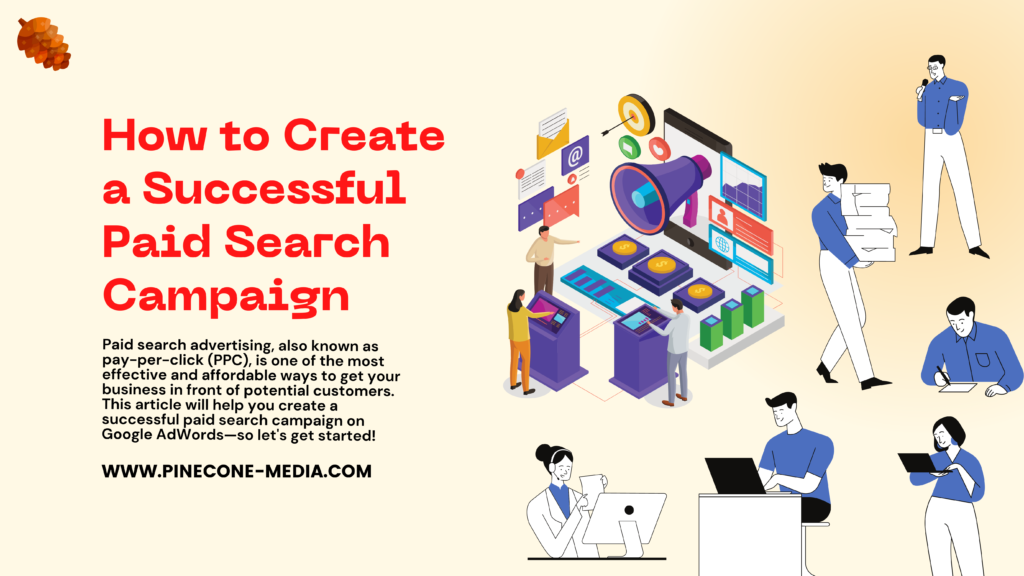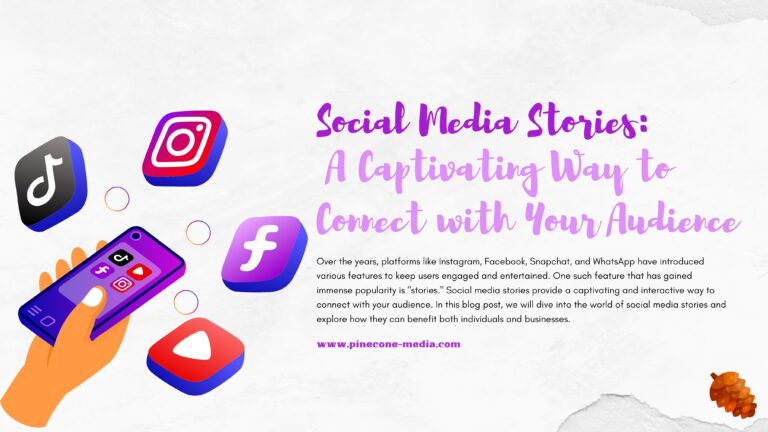Paid search advertising, also known as pay-per-click (PPC), is one of the most effective and affordable ways to get your business in front of potential customers. It’s also a great way to test out new products, gain insight into your audience and improve existing products. Just like any other marketing campaign, however, PPC requires planning and strategy to achieve success. This article will help you create a successful paid search campaign on Google AdWords—so let’s get started!

Define your campaign objectives
The first step in creating a successful paid search campaign is to define your campaign objectives.
- What do you want to achieve with this campaign? What are the goals of the ads and landing pages that will be served as part of it? Is it to drive traffic to a new website, increase sales or boost brand awareness–or all three?
- Who is your target audience? Where do they live, what devices do they use and what are their interests (based on previous browsing history)? This information can help tailor ad copy and landing page content so that it’s relevant for them. For example, if everyone in their target audience lives in California but one person lives in Texas then using “California” as part of an ad headline may not resonate with all viewers equally well; instead try something like “The best beaches on earth.”
- How much money do you have available for this campaign–and how much should be spent each month over time if possible! It’s always good practice before starting any type of marketing campaign whether online or offline first determine how much money should go into each different aspect so there aren’t any surprises later down line when things don’t go according to plan – especially since most people never actually stick within budgeted amounts anyways even though we try our hardest not too!
Choose your keywords
Keywords are the words or phrases that people type into search engines to find products and services. They should be relevant to your business and what you offer, so it’s important that you choose them wisely. If a customer searches for something that isn’t related to your business, they won’t see anything about what makes you unique–and thus won’t convert into sales. But if someone searches for something specific (like “gourmet cupcakes”), then they’re probably looking for exactly what you sell!
Create compelling ad copy
Most people think that the goal of a paid search campaign is simply to get clicks. That’s not the case–you want people to click, but you also want those clicks to turn into conversions. This means that it’s important for your ads to include compelling copy that will appeal directly to the person reading it and convince them that what they see in your ad is worth their time and money.
The difference between an ad’s click-through rate (CTR) and conversion rate (CR) can be significant: if someone sees an ad with a high CTR but doesn’t convert on it, then it wasn’t effective at all! The key here is making sure that each individual piece of content within your PPC campaign has been carefully thought out so as not only does it attract potential customers but also convert them into paying customers who return again and again over time
Optimize your landing pages
Once you have identified the keywords that are most relevant to your business, it’s time to create a landing page for each keyword. A good landing page should have:
- A clear call-to-action (e.g., “Request a Quote”)
- Relevant copy about the product or service being advertised
- A strong offer that motivates visitors to take action (e.g., free shipping)
Set your budget and bids
Now that you’ve set up your account and chosen a campaign, it’s time to put some money behind it. There are several different ways to do this:
- Set daily budget. This is the most common way of putting in spend for paid search campaigns. You’ll have a set amount of money each day, which will be spent on ads and clicks no matter what happens in the auction or how much competition there is for those keywords. The higher the daily budget, the more likely you’ll be able to win auctions for high-value terms–but also remember that if people aren’t clicking on those ads enough times (or at all), then they won’t convert into customers!
- Set bid adjustment based on performance vs goal conversions over time period selected by user – e.,g., if first week was great with 5% conversion rate but next two weeks were bad at 0%, then adjust bids accordingly so as not waste money!
Monitor and adjust your campaign
Once you’ve launched your campaign, it’s important to monitor the performance of each individual ad and landing page. The data will help you identify what’s working and what isn’t, so that you can make adjustments as necessary.
- Monitor the performance of your ads: Pay attention to clickthrough rate (CTR), cost per click (CPC), conversion rates and average position over time so that you can see which ones are performing well or not performing well enough. If an ad isn’t getting enough clicks, consider changing its headline or adding a call-to-action button in order to drive more users toward clicking on it. On the other hand if an ad is getting too many clicks but not converting into sales at a high enough percentage rate then consider removing some keywords from its targeting criteria so that fewer people see this particular ad when searching for those terms–this will help reduce costs while still delivering relevant results for those who do end up seeing it anyway!
- Monitor landing page quality: You also need check out how well each individual landing page performs compared against others within their respective category/industry niche segmentation category as well as across all industries overall.”
Test and optimize your campaigns.
Once you’ve created your campaign, it’s time to test and optimize. The best way to do this is by using Google AdWords’ built-in tools. They provide metrics that help you identify whether an ad or a landing page is doing well, like click-through rate (CTR) and conversion rate. You can also use your own analytics tools if they’re more robust than what Google offers–or if they provide information that isn’t available in AdWords’ reports, like how long people stay on your site after clicking on an ad or where visitors come from when they arrive at your website through paid search campaigns.
If these methods don’t give you enough insight into how well each element of your campaign works together, consider trying tools like Optimizely or VWO that allow for A/B testing across multiple variables at once so you can see which combination provides the highest ROI.
Paid search advertising can be a powerful tool for increasing your brand awareness and driving sales. But it’s also important to remember that paid search is just one part of your overall marketing strategy. Paid search campaigns should always be tested and optimized based on the results they produce–so if you’re not seeing good returns on your investment, it may be time to try something new!




